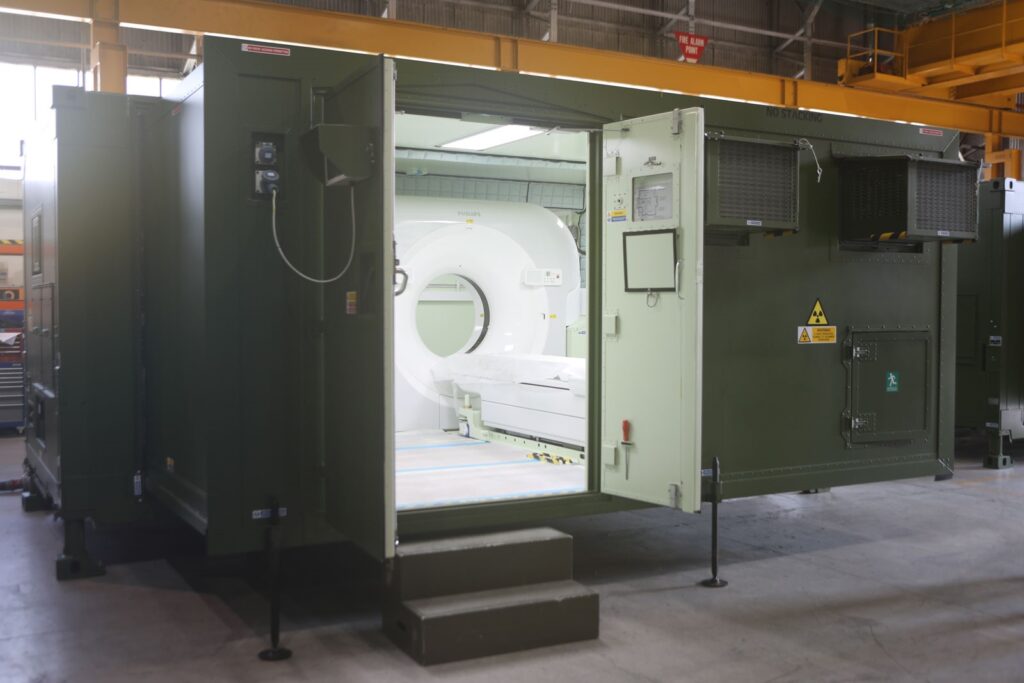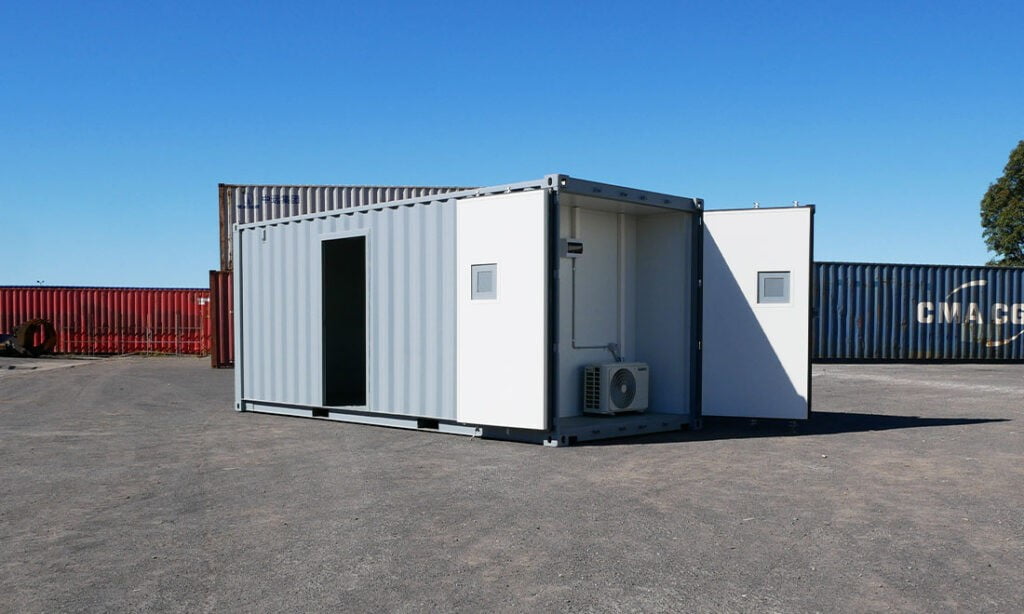Table of Contents
Introduction
Containerised Military Systems (CMS) have been instrumental in serving military needs in several situations over the years. As we delve into a landscape that is consistently presenting new challenges, do we also observe responses in our military technologies that follow suit? Are our containerised military systems equipped to handle the growing complexities of warfare in today’s world? This blog seeks to delve into the intriguing exploration of ongoing innovations and future trends in CMS and their potential to transform the face of military operations worldwide.
CMS has always been about utility, convenience, and efficiency. However, as we find ourselves in an era that demands transformation at every step, the question is – How is CMS responding to these changing needs? The post sets out to provide comprehensive insights into this particular aspect of modern warfare – the innovations and future trends of CMS within the global military landscape.
In the following sections, we shall explore the various facets of containerised military systems, more closely examining how these dynamic systems are set to evolve. By carefully analysing the current status and predicting future trends, we aim to provide a well-rounded perspective that would help decode the complexities of this niche yet critical domain of military operations.
The Current Landscape of Containerised Military Systems
The static image of a big, metal shipping container serving as a temporary military base is a thing of the past. The CMS landscape today is more adaptable, versatile, and technologically advanced. It’s not just about transport and accommodation anymore; it’s about integration, sustainability, and resistance. The containers are turning into mobile command centres, medical units, and even drone launch pads. The line between a static military base and a mobile CMS is becoming increasingly blurred, thereby signalling the dawn of a new era in warfare strategy.
Transformations Driving the Containerised Military Systems
The key driving forces pushing the evolution of containerised military systems revolve around two major aspects – upgraded technology and improved safety measures. These attributes have been significantly shaping the way in which CMS are developed, used and deployed by militaries globally. The introduction of automation, AI-based systems and advanced logistics have remoulded the CMS into a more efficient and reliable defence architecture.
Pioneers of Containerised Military Systems Innovations
The global leaders in CMS innovation are a blend of traditional defence manufacturers and pioneering tech start-ups. While the former brings the advantage of experience and reliability, the latter infuses the landscape with fresh perspectives and disruptive ways of reimagining military infrastructure.
Pros and Cons of Containerised Military Systems Innovations
While there are several favourable aspects of containerised military systems, there remain critical concerns as well. As much as advancements in CMS make military operations more agile and efficient, their increased reliance on technology also potentially exposes them to new forms of risks, such as cyber threats.
Anticipated Future Trends in Containerised Military Systems
The future of CMS promises a wave of transformative changes, most of which are already in their nascent stages. These cutting-edge changes revolve around Artificial Intelligence (AI), Augmented Reality (AR), and energy efficiency, among others, indicating a shift towards ‘smarter’, more sustainable CMS.
Global Impact of Containerised Military Systems Innovations
Military conflicts aren’t solely national concerns anymore. With the anticipation of more synchronized global military efforts, the role of CMS becomes even more significant. They can facilitate secured and seamless collaborations amongst allies, thereby potentially altering the geopolitics of conflict.
Conclusion
As we navigate through the complexities of warfare and geopolitical dynamics, the role of CMS remains instrumental. It’s evident that the trends of containerised military systems are not only shaping the future of military missions but are also influencing overall defence strategies globally. The future will evidently witness CMS becoming more intelligent, efficient, and agile. However, this journey of transformation would be accompanied by the challenges of cybersecurity and technology dependence. The key to addressing these would lie in striking the right balance between embracing innovation and maintaining operational superiority. The study of CMS is not just about understanding military operations – it opens a window into the macrocosm of global security dynamics, underlining its relevance in our world today and tomorrow.

